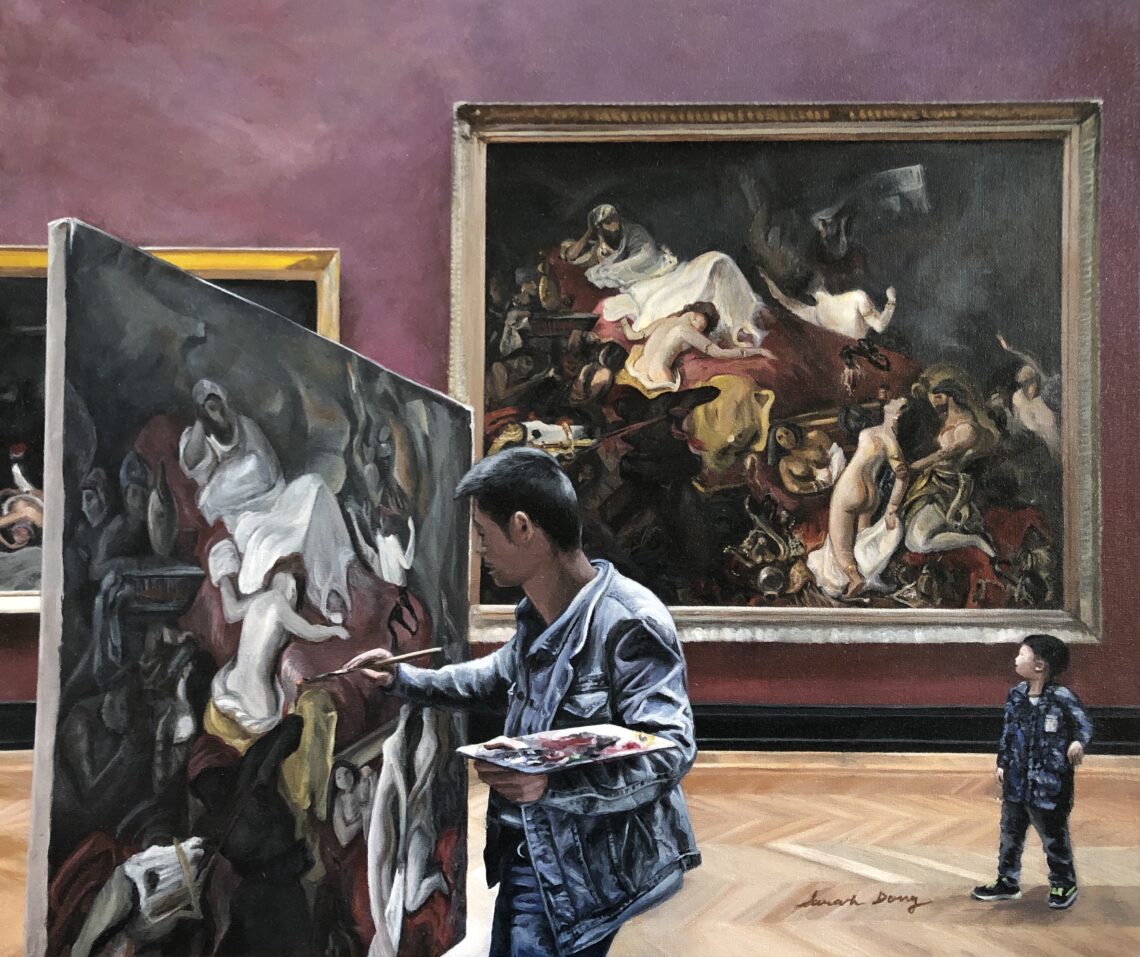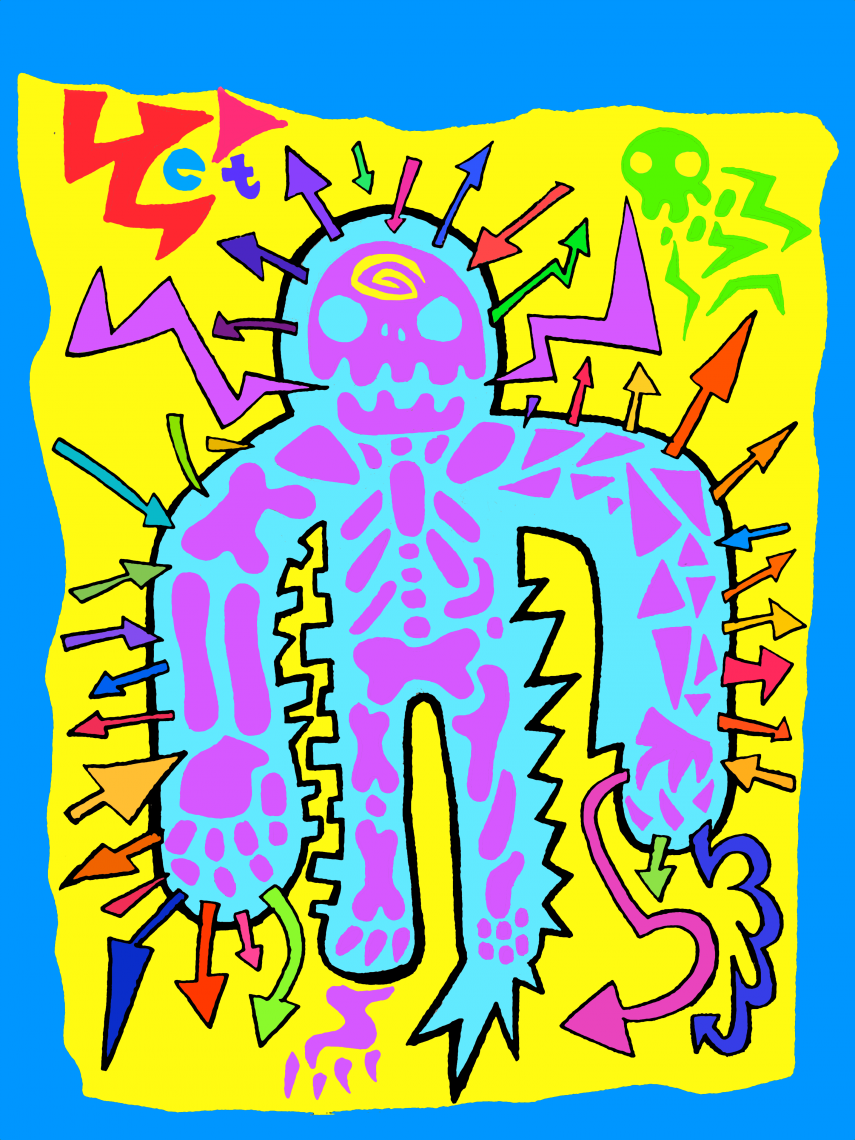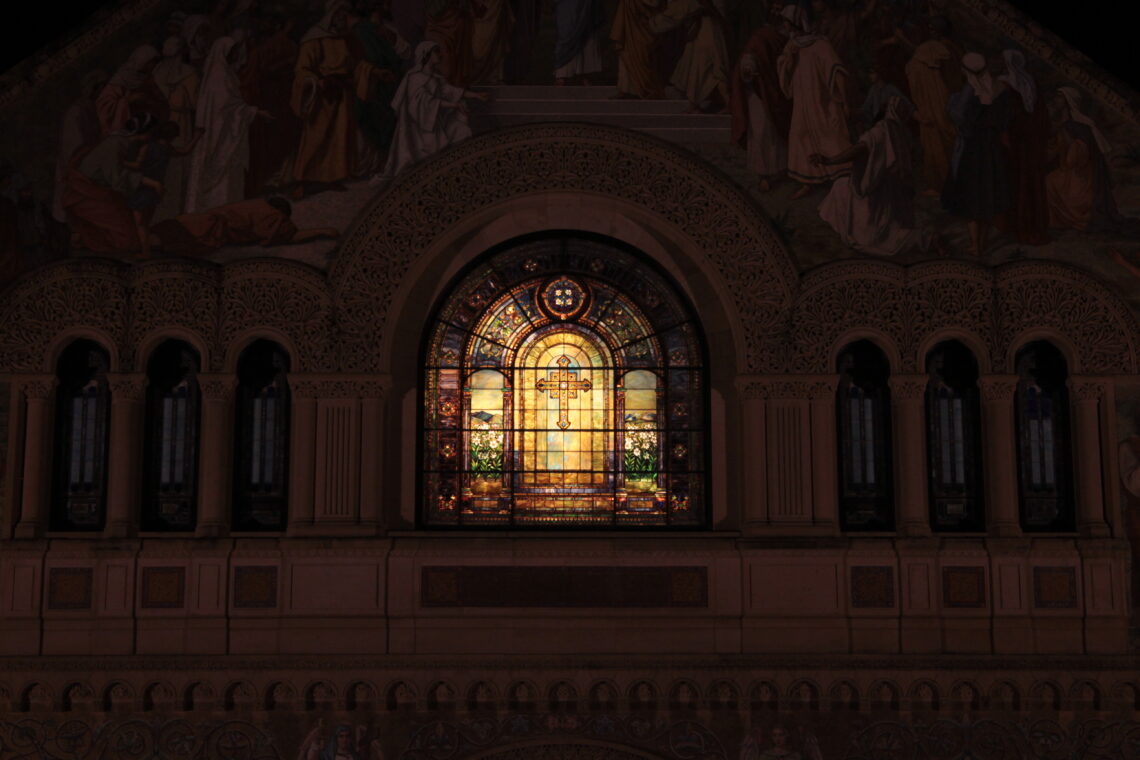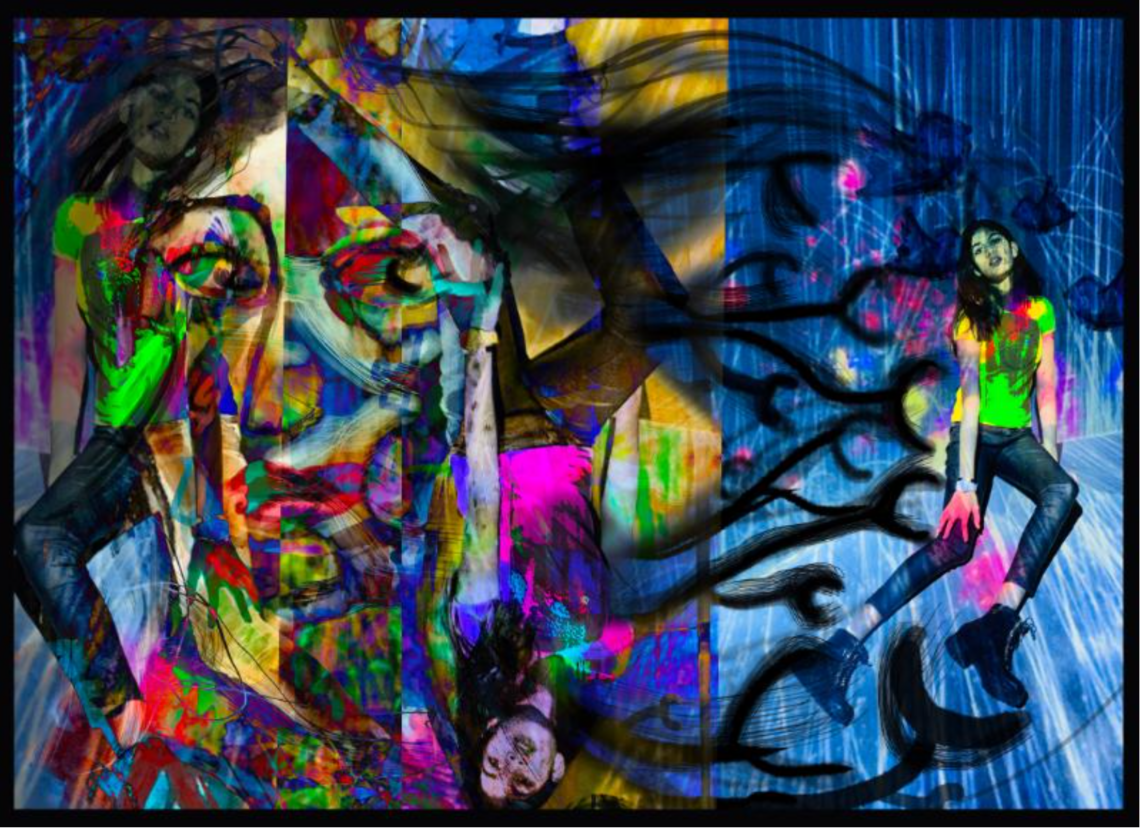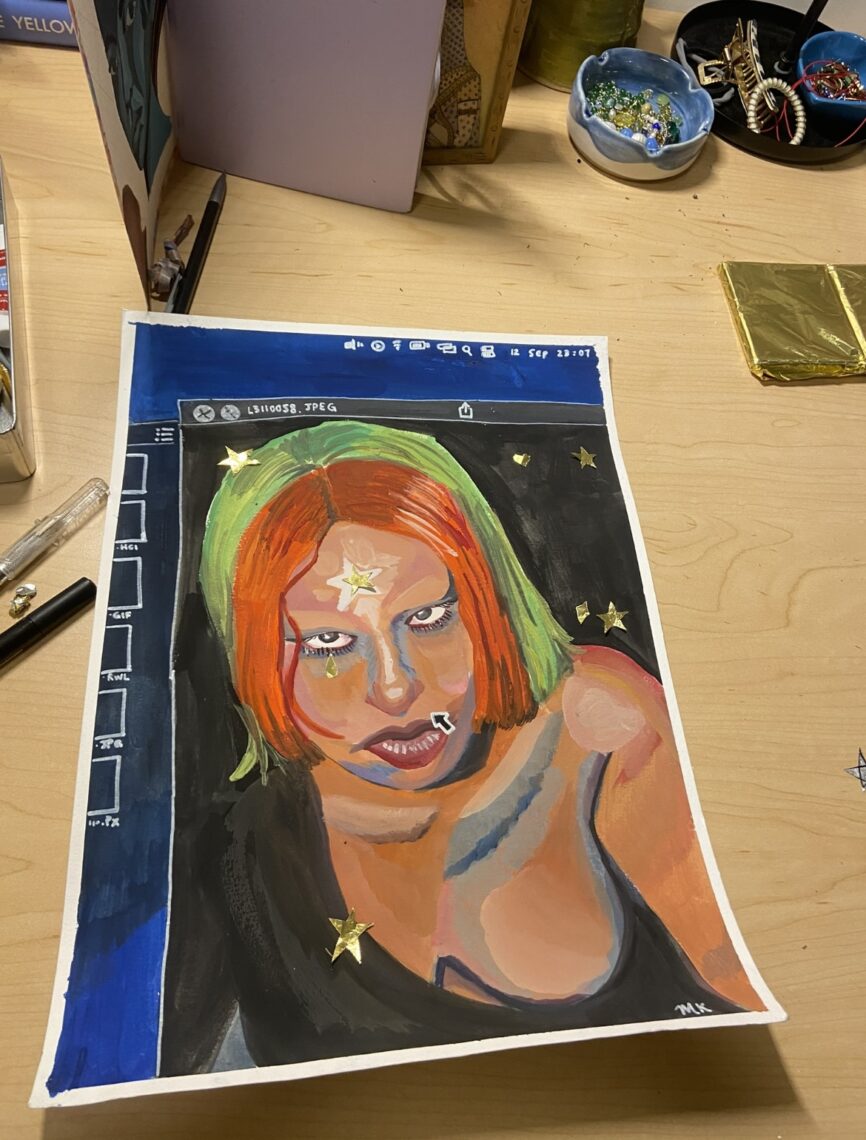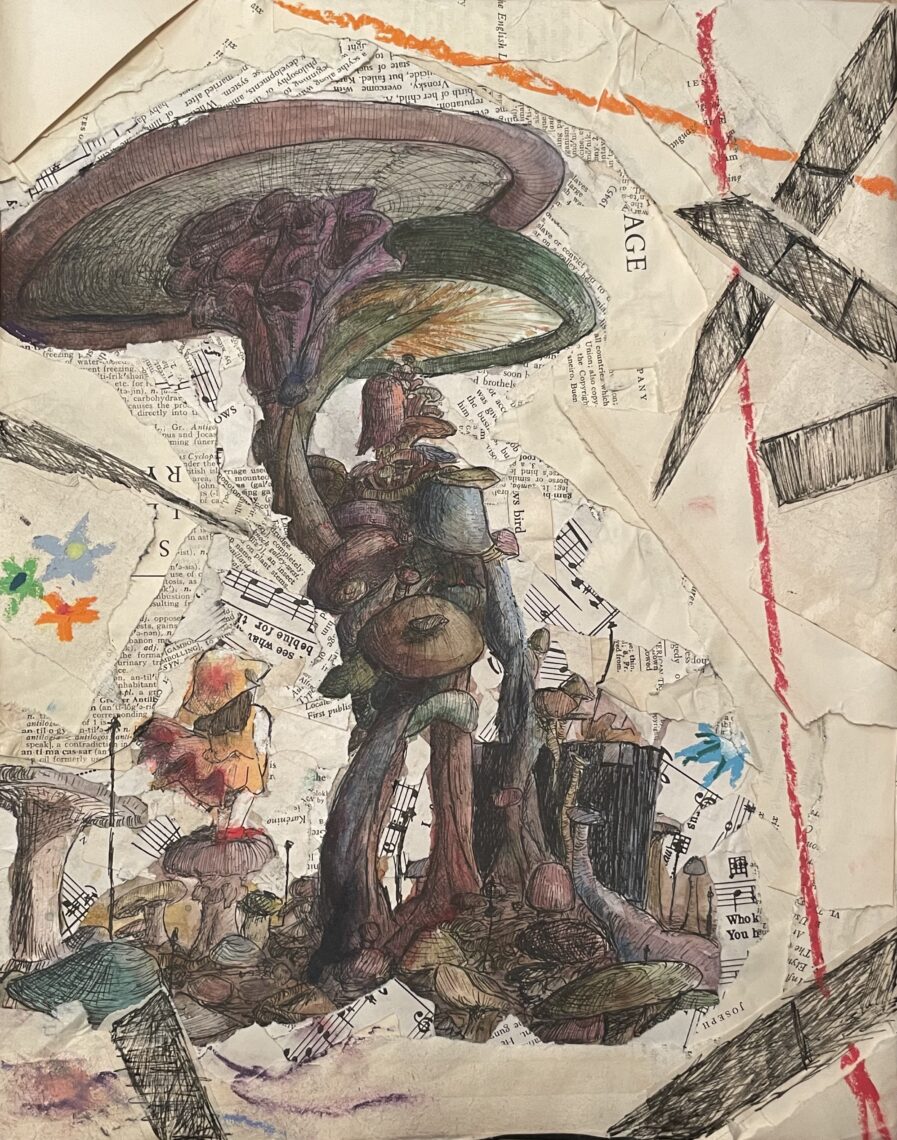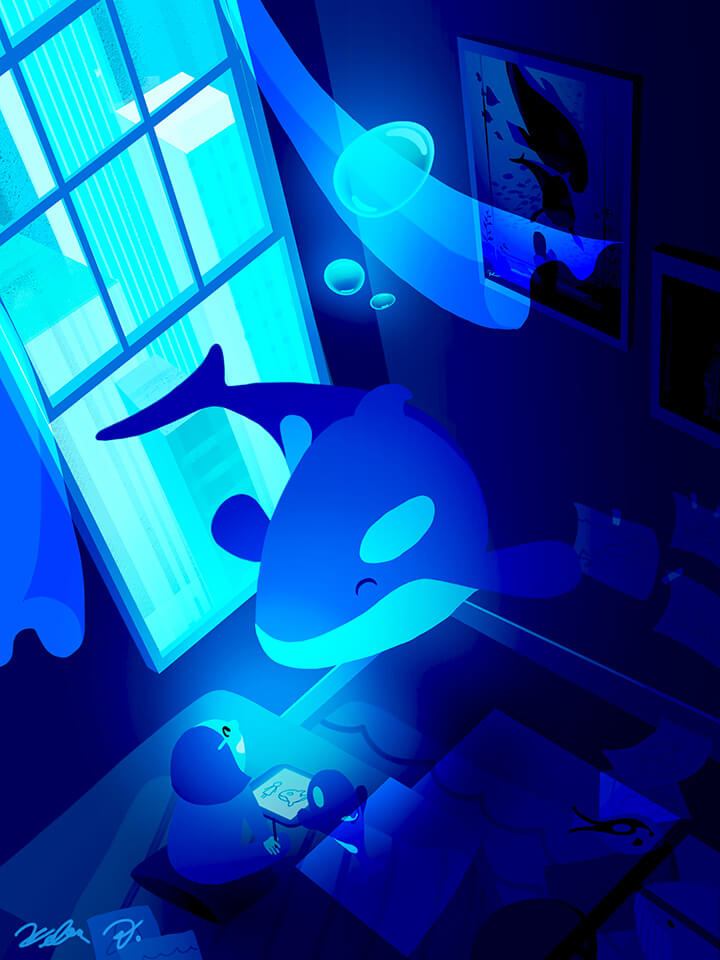
An exploration of human and electronic sound on Stanford’s CCRMA Stage
Joan La Barbara presents a colloquium on her work as a composer, performer and sound artist, followed by a lecture and demonstration by Morton Subotnick, a pioneer in electronic music.
Devotees of new music will be treated to a double dose of legend and accomplishment this evening at Stanford’s CCRMA Stage when Joan La Barbara and Morton Subotnick discuss their work and share video footage of recent performances.
Beginning at 5:15 p.m., La Barbara, a composer, performer and sound artist, takes the stage to discuss the human voice as a multi-faceted instrument. La Barbara is known for expanding traditional boundaries in compositions for multiple voices, chamber ensemble, music theater, orchestra and interactive technology, using a unique vocabulary of experimental and extended vocal techniques that have influenced several generations of composers and singers.
La Barbara’s colloquium will include discussion of specific works, including Storefront Diva, a new work for solo pianist in a theatrical setting that premiered in December 2012 in a pop-up store on Bleecker Street in New York City; Persistence of Memory, for chamber ensemble and film, which will premiere March 17 in Berlin, Germany, for the MaerzMusik festival; and her new production of John Cage’s ground-breaking theater piece Song Books.
New music maverick Subotnick follows La Barbara at 8 p.m. with a lecture and video presentation of a selection of his works. Subotnick is one of the pioneers in the development of electronic music and an innovator in works involving instruments and other media, including interactive computer music systems.
From vocal cords to sound synthesis
Bruno Ruviaro, concert series curator at CCRMA, Stanford’s Center for Computer Research in Music and Acoustics, is thrilled to be able to bring to Stanford these two stellar artists delving into different aspects of musical expression. Of course, it helps that they are married and traveling together, but their separate presentations this evening could stand alone. Subotnick’s Jacob’s Room: Monodrama made its world premiere at the American Mavericks series last night at the San Francisco Symphony, and La Barbara, Meredith Monk and Jessye Norman will perform John Cage’s Song Books with the San Francisco Symphony on March 14.
La Barbara is a practitioner of what may be the primordial musical instrument common to all civilizations – the human voice. Words combined with ululation and glottal clicks have become her signature sounds. “Joan La Barbara is one of those rare vocal performers able to bring together the expressive extremes of human voice, from language-based sound games not far from sound poetry all the way to visceral and instinctive sonic explorations that remind us of animal songs,” said Ruviaro.
“My recent work explores boundaries between concert and theater,” said La Barbara. An example of this exploration is demonstrated in Angels, Demons and Other Muses. “I placed the musicians in the audience and let the audience look over their shoulders to see the scores, as well as asking the musicians to whisper words into the ears of audience members.”
The work that brought Subotnick celebrity was Silver Apples of the Moon (1966-67), commissioned by Nonesuch Records – a conscious acknowledgment that the home stereo system constituted a present-day form of chamber music.
In the decades since he fathered experimental music with analog synthesizers and blazed a trail between avant-garde composition and popular music, Subotnick has continued to create layered, mediated sound. “With all the nonstop glissandi up and down against a powerful and rhythmic backdrop of synthetic noise bursts, the beginning of Silver Apples of the Moon has a gestural and improvisational quality that infused a lot of life in the relatively drier landscape of early electronic music,” Ruviaro said.
CCRMA: Center for Computer Research in Music and Acoustics
CCRMA is a multidisciplinary facility where composers and researchers work together using computer-based technology both as an artistic medium and as a research tool. It is part of the Department of Music at Stanford.
Concerts and lectures at CCRMA feature new and recent computer music by graduate students and faculty. Classic works and recent music from other studios and composers are also occasionally programmed. The colloquium series is a weekly meeting of CCRMA faculty, graduate students and visitors to share recent research and composition work.
Intimate and simply furnished, the CCRMA Stage seats about 100. What it lacks in decor it makes up for with marvelous sound. This is a performers’ performance hall. The stage is located on the third floor of The Knoll, the old university president’s residence.




